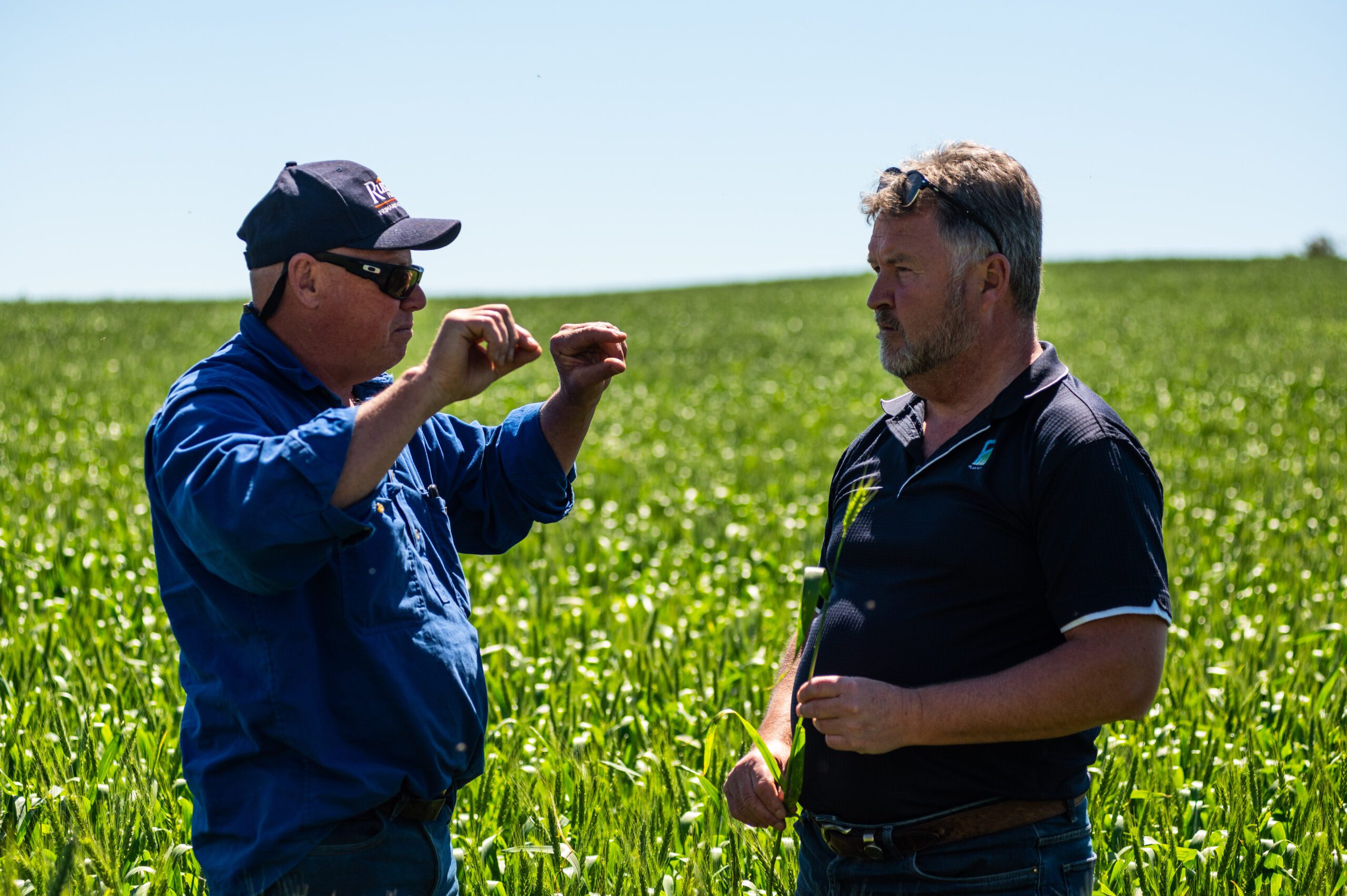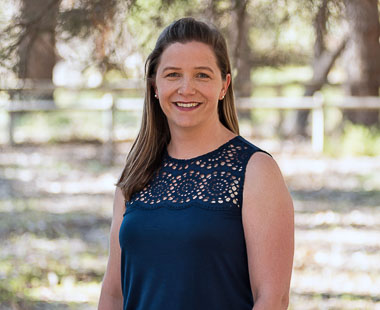Our farm started seeding this year with two Canadian backpackers on our team. Three weeks later, they’d left – gone to work in Kalgoorlie. We were left feeling let down, disappointed, and overwhelmed with the work that remained.
Control what you can control
But we moved on, accepting that we can’t control everything, like their decision to leave. We took some passive-aggressive pleasure in removing them from the farm’s WhatsApp group, because that, at least, was within our control. Then, we started the hunt for new employees again.
With shrinking populations in our rural towns, we increasingly rely on casual labour, mainly backpackers, for seeding and harvest jobs. Permanent employees would be ideal but direct competition from the mining sector has sucked that well dry. So, we accept the tedium of managing a casual workforce, and focus on what we can control: how quickly the next worker can learn to do the job effectively.
Here is the good news: I have a ‘hack’ for you… Embrace your Digital Natives!
It starts with understanding what makes effective communication, and here is the shocker… that starts with the Listener (the worker), not the Talker (you). Consider how they best receive information: What is the optimal for them to learn? What context do they have? What motivates them?
Optimize learning
You may have heard of the different ways to learn: visual; auditory; kinesthetic; and reading and writing. But have you heard of Dual Coding? This theory suggests that people learn better when they receive information through more than one channel – e.g. a visual and a verbal channel.
Imagine this: When your brain receives an auditory signal for a word, it attempts to visualize the corresponding image. Conversely, when it sees an image, the brain tries to associate it with the word behind the image. The stronger the connection between the word and the image, the easier it becomes for us to remember and apply the information. (Nadine Wagenaar, Dual Coding Theory: Enhancing Memory and Understanding)
However, presenting every message both visually and verbally takes time and commitment. So how can we control this?
- Often you already are – demonstrating while explaining.
- Ask them to write down instructions as you demonstrate or use their phone’s dictation function to create a reference cheat sheet.
- Use visual aids (like farm map or photos of water point) when you can’t demonstrate in person.
ContextContext is the surrounding knowledge that aids understanding and can only be built up over time, like scaffolding. How can we provide context to a backpacker just in from the other side of the world?
- Dual coding (as above) – this gives them double the information to make connections in their brain, than they would have had if you only taught them via one channel.
- Clarify, check their understanding – what they think they know might be wrong.
- Explain how their tasks fit into the bigger picture.
A cautionary tale on clarifying context
Picture this: My husband, under pressure in the sheep yards, tells me to open the gate in the ‘next’ pen. I clarified his instruction, knowing our definitions of “next” might differ (I’ve been tripped up by my Southern African context of “next” before). Distracted by his ringing phone, he repeated, “Yes! The next pen.” I opened the gates, only to watch him stalk past and open the following pen.
What happened? After 20 years, we still miscommunicate sometimes. True clarification requires the listener’s active engagement to ensure the message received is the one intended.
Motivation
Understanding what motivates our workers is crucial. Backpackers, typically in their 20s (Generation Z), value growth opportunities. They are more willing to do mundane tasks if they see a purpose. They need to understand the bigger picture and how their work aligns with their vision and values.
So, what control do you have over this?
- Give context (as above).
- Tap into their ambitions by offering time or training to develop their interests.
- Identify a skill they have that you lack and leverage it for mutual benefit. This helps them feel valuable and like they are making a difference.
And point 3 is where the ‘hack’ comes in…
Embrace the Digital Natives
Take your newest 20-something year old backpacker… they have spent their entire lives surrounded by constantly improving computers, personal devices, social media. They are proficient in ways you don’t even know exist.
Ask them to create a Tiktok (or Canva, or whatever the next visual fad is) documenting their job. Explain that this documentation helps you:
- Ensure they are doing the job correctly.
- Teaching the next person more effectively will be an additional learning channel.
- Possibly qualify as a suitable WHS procedure (provided they aren’t filming while driving).
- Bring your farm into the digital age.
- Contributing to a greater purpose, thus motivating them.
Yes, there are arguments against this: not everyone will want to do it, not everyone will do it well, time constraints, and the need for them to focus on their jobs, not their devices. But I challenge you to try it a few times, out of curiosity or to prove me wrong. Start with firm parameters (like “do it safely”) and give them latitude to do it their way. Save judgment until you’ve given it a fair try.


